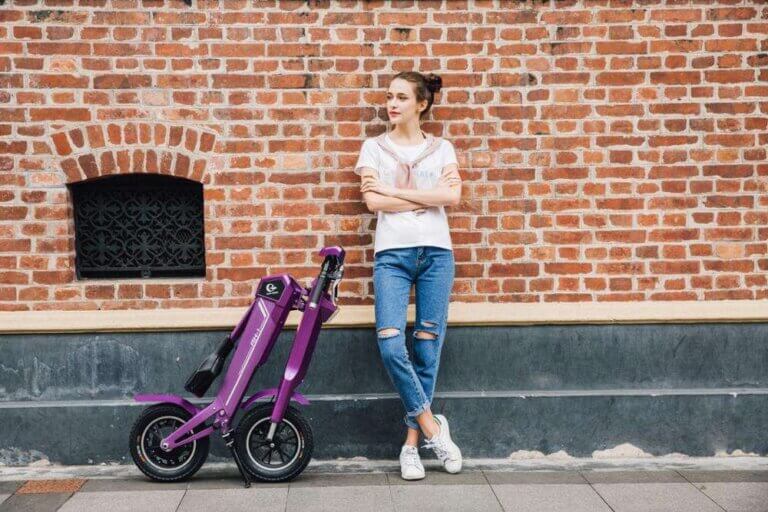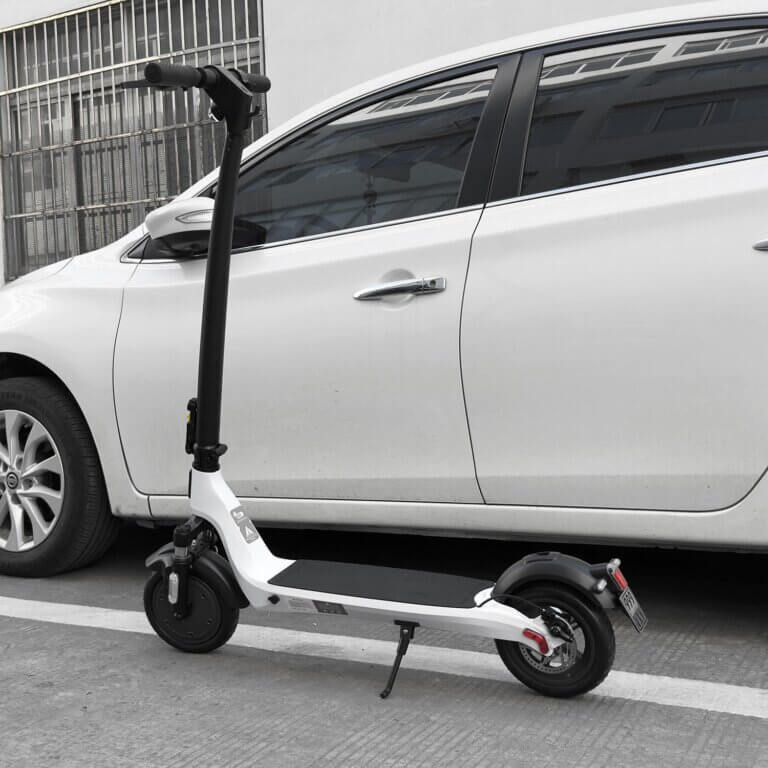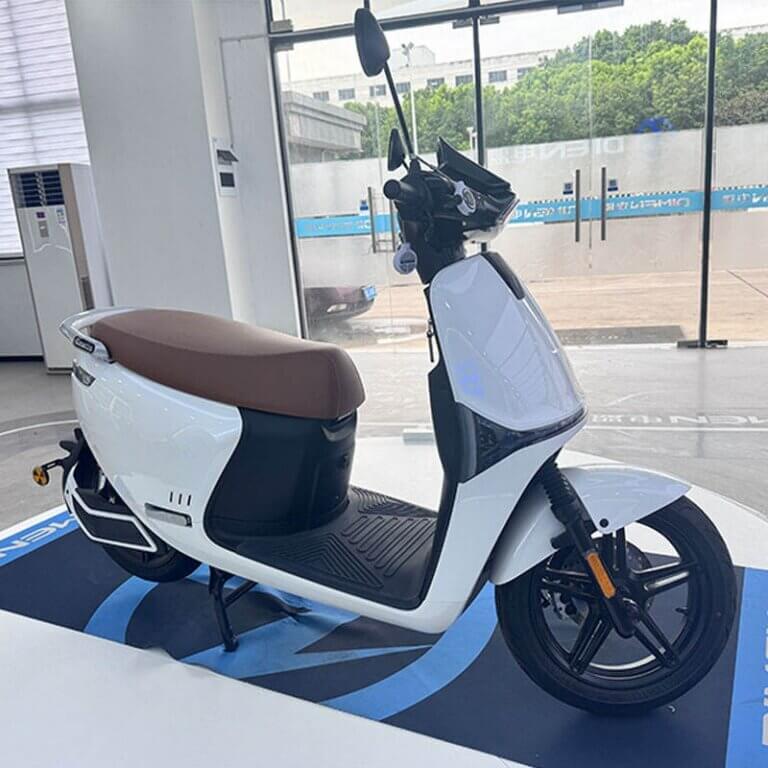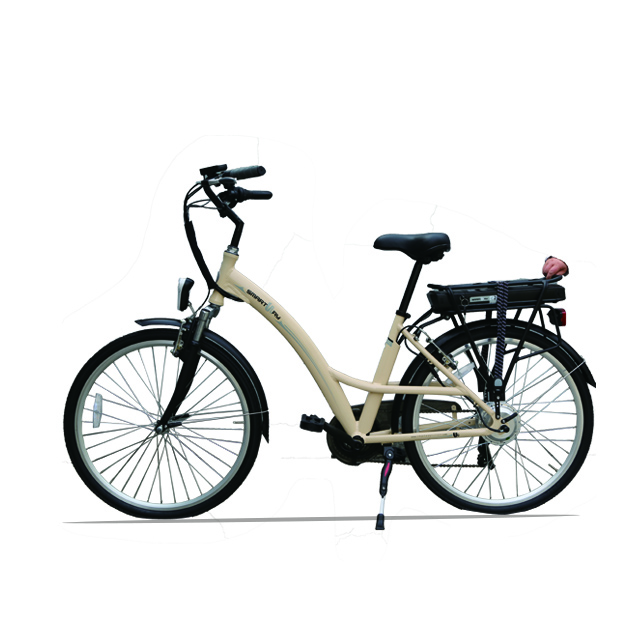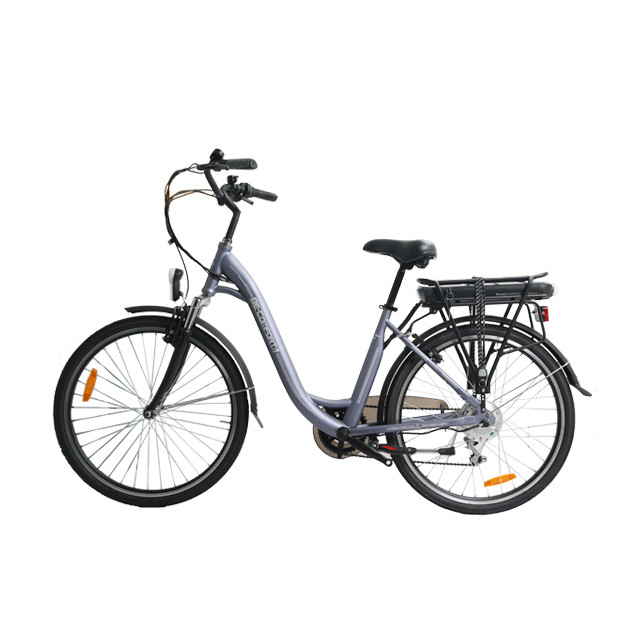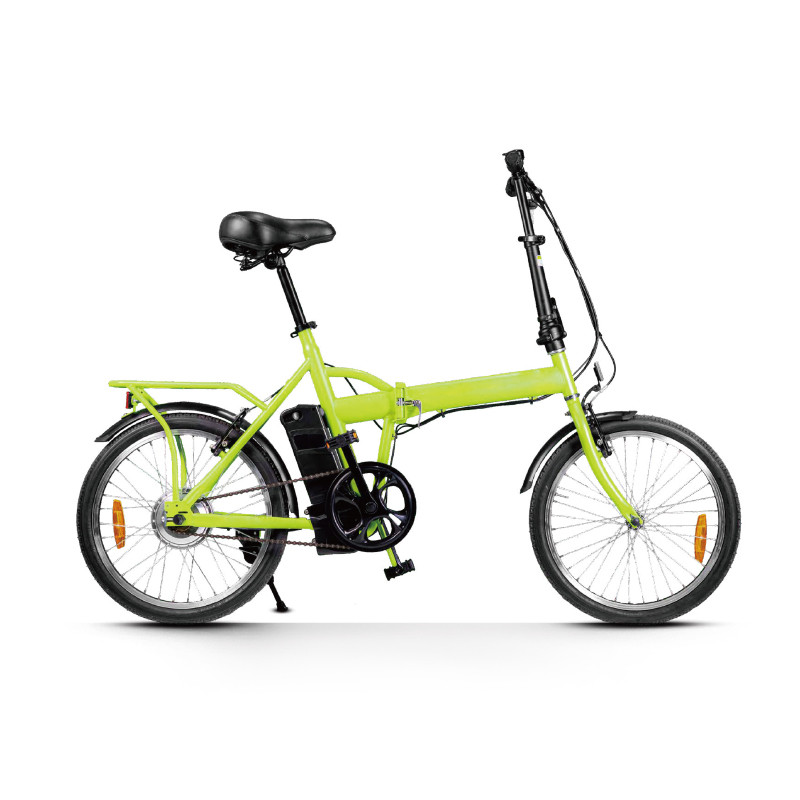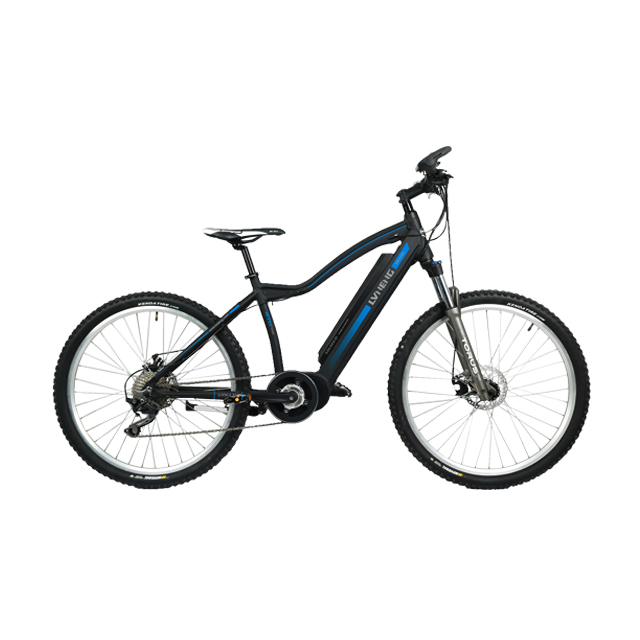-
414 Block B, ZT Times Plaza, Wuhan, Hubei, China
Blog
Mountain e-Bike OEM Factory
You want a mountain e-bike line that climbs, descends, and ships. That means the OEM factory isn’t just “a supplier.” It’s your back-office: design, certification, line balancing, QC, warranty logistics—the whole stack. Below I’ll argue what to check, why it matters on-trail and in-market, and how EZBKE (see Electric Bike category) maps to it with real models like C02 (mid-drive), B01 (lightweight long-range), and LN26M01/M03/M04 (hard-use commuters that many brands adapt into trail-ready specs).
EN15194 compliance & ISO production control
Thesis. For mountain use, compliance isn’t a sticker; it’s risk management. EN15194 + ISO line discipline keeps your release from tripping on late-stage rework or after-sales headaches.
Why you care. Rough trails = shock, water, temp swings. Passing the lab is one thing; surviving the weekend park run is another. A factory that lives in EN15194 and keeps ISO checklists tight will surface frame weld issues, harness routing, and charger/battery match before your first container.
Mid-drive motor for climbing torque (with sane thermal)
Thesis. Mountain = gradients + low-speed tech sections. Mid-drive layouts keep the center-mass low, leverage the drivetrain, and deliver usable torque without cooking the motor.
Trail reality. Hub motors feel punchy on flats but can bog on steep, slow crawls. Mid-drive + torque sensor gives smoother kick, better battery use, and way nicer front-rear balance.
EZBKE angle. Your C02 – fast 30 mph mid drive electric bicycle manufacturer page signals a mid-drive-capable platform. For mountain specs, prioritize: continuous torque curve at low cadence, heat path (stator → case → frame), and controller derate logic that doesn’t “brick” on long climbs.
Hydroformed aluminum frame, tested like it’s going to get cased
Thesis. Hydroformed 6061/6069 with decent heat-treat and clean weld toes beats heavier “just make it thick” frames. It rides better and lasts longer.
Factory speak. Look for fixture-repeatability, weld coupon pull-tests, and post-weld heat treat logs. On the jig, tube butting and yoke clearance decide whether your 2.4–2.6” tires fit without heel rub.
EZBKE angle. Models LN26M01/M03/M04 and C06 (adult road frame OEM) show frame manufacturing depth. For e-MTB, ask to adapt those fixtures for longer chainstays, slack HTA, and internal loom guides with grommets (no rattle, no chafe).
IP-rated sealing, not just “splashproof”
Thesis. Water ingress kills motors, PAS sensors, and controllers. If the harness wicks, you’re into warranty purgatory.
What to demand. Potting or gasketed enclosures, up-facing connectors eliminated, drip-loops, breathable membranes on housings, and pressure-wash simulations (don’t overdo it, but do it). Spec dielectric grease + keyed, locking connectors.
EZBKE angle. Your cargo and commuter SKUs—350W Electric Cargo Bike with Dual Battery & Heavy-Duty Rack, 750W 3-Wheel Electric Cargo Bike with Large Front Box—ship into foul-weather use. That sealing know-how ports straight into mountain builds where creeks and hose downs happen weekly.
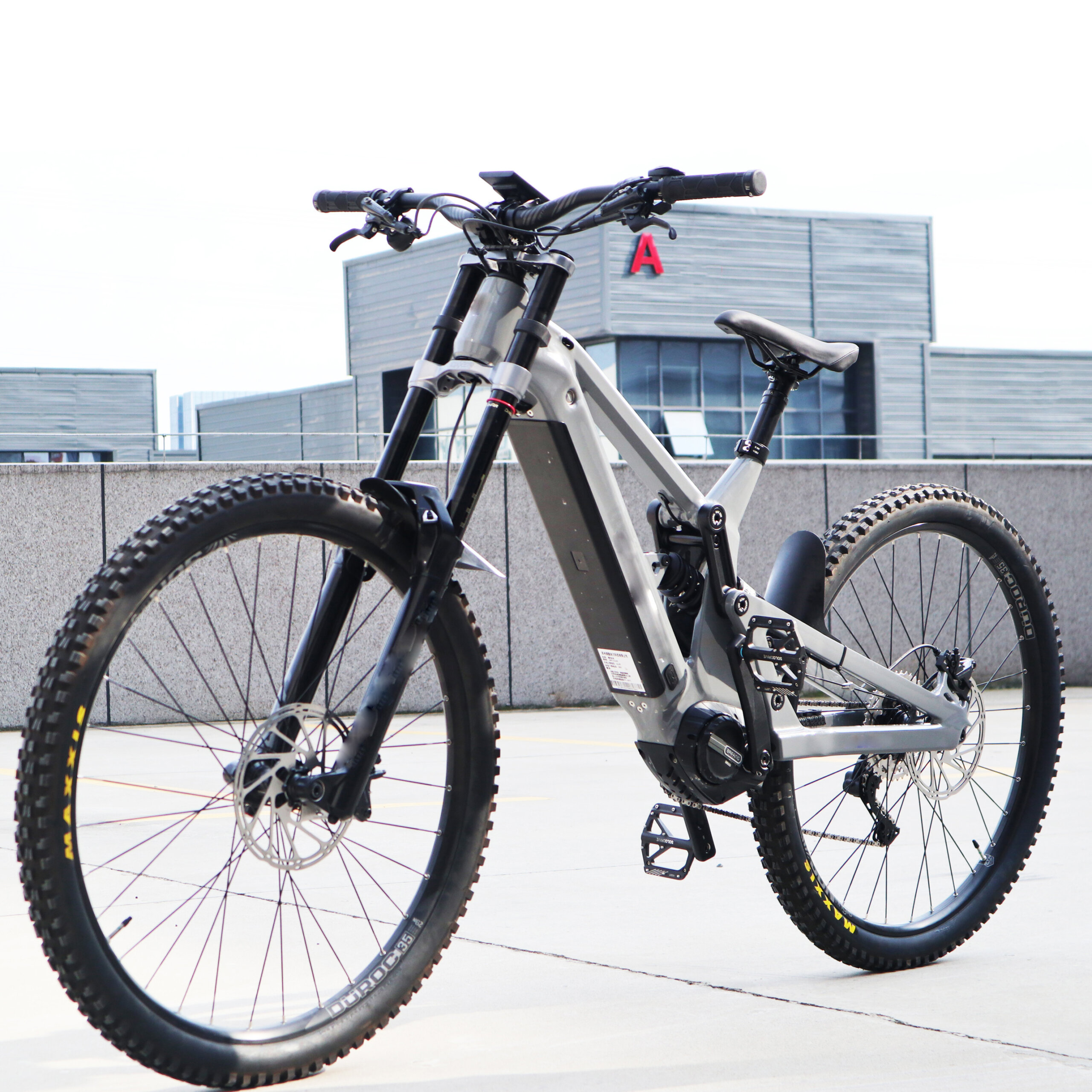
Battery system: BMS features > headline watt-hours
Thesis. On trails, how energy flows matters more than raw capacity. A smart BMS with balanced charge, temp probes, and over-current cut that doesn’t false-trip saves Saturdays.
Spec tic-list. Cell brand traceability, nickel layout, pack potting or foam spacers, vibration test results, and connector retention (no half-inserted XT variants, please).
EZBKE angle. The B01 – lightest long distance hyper electric bicycle supplier suggests long-range pack integration. For e-MTB skews, request dual-lock mounts, downtube sealing boots, and a charge-only port separate from discharge to reduce wear.
Drivetrain & sensor stack: torque sensor first
Thesis. For techy singletrack, torque + cadence sensing beats cadence-only. It feels natural, less surgy, and helps traction on roots/loam.
Factory checklist. Bottom-bracket or spider-based torque sensor alignment procedure, firmware pedal-assist tables, and drop-to-eco recovery after wheel-slip. Also, chainline! No noisy cross-gears under load.
EZBKE angle. C02 again fits the brief. Pair that with a wide-range cassette, narrow-wide ring, clutch mech, and a clear derailleur-hanger sourcing plan (carry spares in every shipment).
Application scenarios (real world, not showroom)
- Bike park laps & enduro
Needs: mid-drive torque, four-piston brakes, 200/180 rotors, strong wheel build (32h, brass nips), downhill-rated tires.
Factory notes: heat-cycle test the motor/controller on a drum plus stop-go braking tests. - Wet, rocky XC
Needs: IP sealing, aggressive PAS smoothing, fast drain ports in the frame, stainless fasteners.
Factory notes: salt-spray exposure and connector latch cycling. - Commuter-to-trail crossover
Needs: fender/rack mounts that can be removed clean, semi-slick to trail tire swaps.
EZBKE fit: start with M04 or LN26M03 and option a trail kit (knobs, dropper, wider bar). It’s scrappy but works. - Urban logistics brand testing mountain seasonals (Urban M)
Needs: seasonal SKU that doubles as brand halo.
Play: wrap a C02 mid-drive with stronger wheels and short travel fork, sell limited runs as Urban M Trail Edition. Same after-sales team, shared spares, more margin headroom. Yes, it’s kind of hybrid, but customers like it.
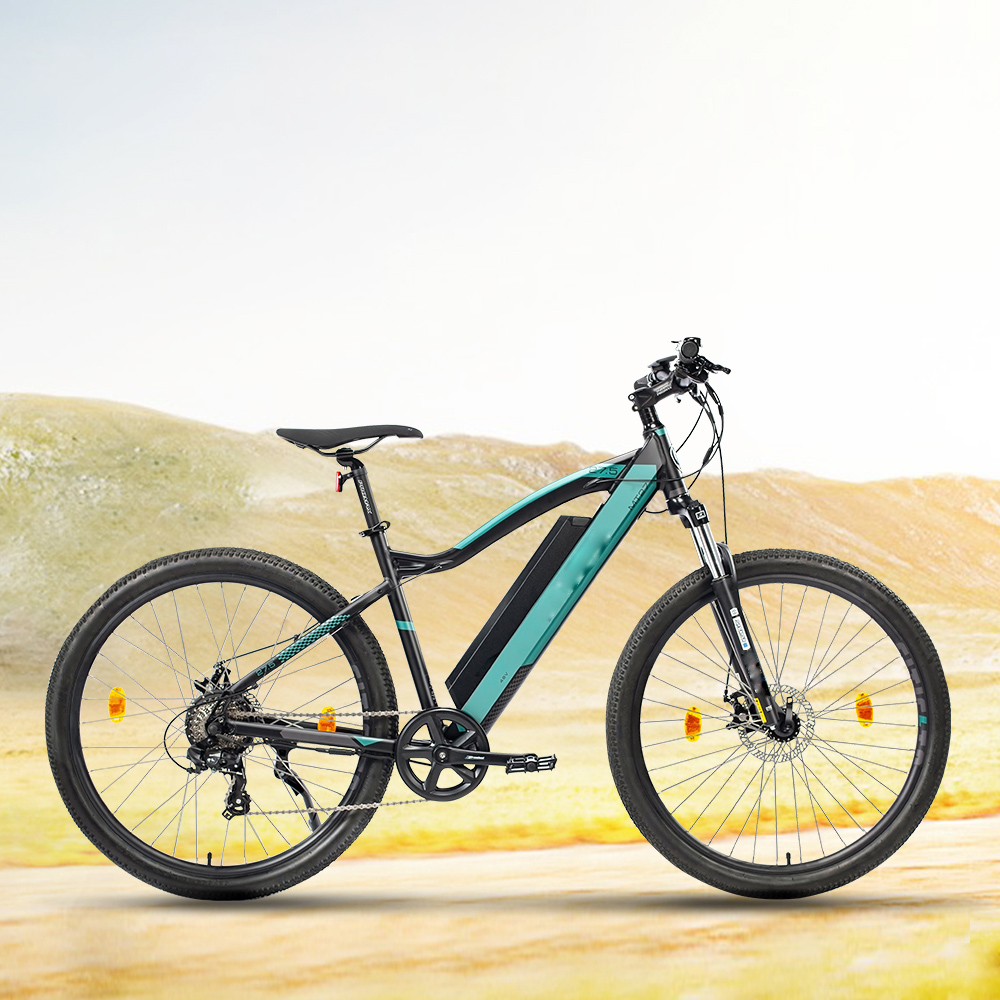
OEM/ODM workflow that doesn’t break your launch window
Sample → Pilot → SOP (with DFM gates)
- Design for Manufacturing (DFM) review
CAD + harness map, connector spec, battery envelope, water paths, and serviceability (how fast can a tech swap a controller?). - T0 sample
Frame/loom mock, ride and abuse (curb drops, climb repeats). Fix buzzes, cable rub, PAS lag. - Pilot run (small batch)
Track first-pass yield by station. Document rework reasons. Lock CTQs (critical-to-quality): torque sensor offset, spoke tension windows, brake bed-in. - SOP
Training packets for dealers, spare kits per 50 units, fault tree for CS team.
Supplier mix: don’t over-index on one motor vendor
Thesis. Multi-sourcing motors/controllers keeps you safe from shortages and gives you leverage without playing silly games.
Factory reality. Same frame + dual motor harness options. Controller bracket with hole pattern that fits both vendors. Firmware abstraction on PAS levels so the ride feel stays your brand’s. Yes, little extra NRE, but payout is huge.
EZBKE angle. Your catalog already spans power classes (350W, 450W, 750W). Keep that mindset for e-MTB mid-drive tiers (trail, enduro), not just city/cargo.
After-sales: the unsexy part that keeps reviews happy
Thesis. Warranty systems and spare flow are marketing—you just can’t buy the billboard.
What to set up. Exploded diagrams, QR parts lookup, 72-hour spare dispatch SLA, motor/controller swap guides with torque values and threadlocker callouts. Train dealers with short videos. Real simple language, no jargon walls.
EZBKE angle. Cargo SKUs prove you ship heavy-duty parts. Mirror that: ship derailleur hangers, brake pads, rotors, spokes, mech clutches, PAS sensors in each container. Small cost, big peace.
Quick table: factory checklist → why it matters → EZBKE handle
| Factory checklist (keywords) | Why it matters on-trail | How EZBKE maps it (models/examples) |
|---|---|---|
| EN15194 compliance, ISO QC | Fewer reworks; faster customs & retail onboarding | Provide doc packs tied to your variant under Electric Bike category |
| Mid-drive motor + torque sensor | Smooth climbing, traction control feel | C02 mid-drive base, tune PAS tables; heat path checks |
| Hydroformed aluminum frame, clean welds | Strength without dead feel; tire clearance | Adapt LN26M01/M03/M04, C06 for trail geo and internal loom |
| IP-rated connectors, gaskets, drip-loops | Survive creek crossings and wash-downs | Borrow sealing spec from 350W Electric Cargo Bike with Dual Battery & Heavy-Duty Rack, 750W 3-Wheel Electric Cargo Bike with Large Front Box builds |
| BMS with temp probes & cell traceability | No false trips; safer charge cycles | B01 long-range pack practices; dual-lock mounts & boots |
| Spares & SOP kits | Faster fixes; better reviews | Include hanger/pads/sensors per 50 units; simple guides |
(Sources: certification files on request; in-house QC logs; rider field tests; model pages in your catalog: Electric Bike, C02, B01, LN26M01/M03/M04, C06, 350W/750W Cargo.)
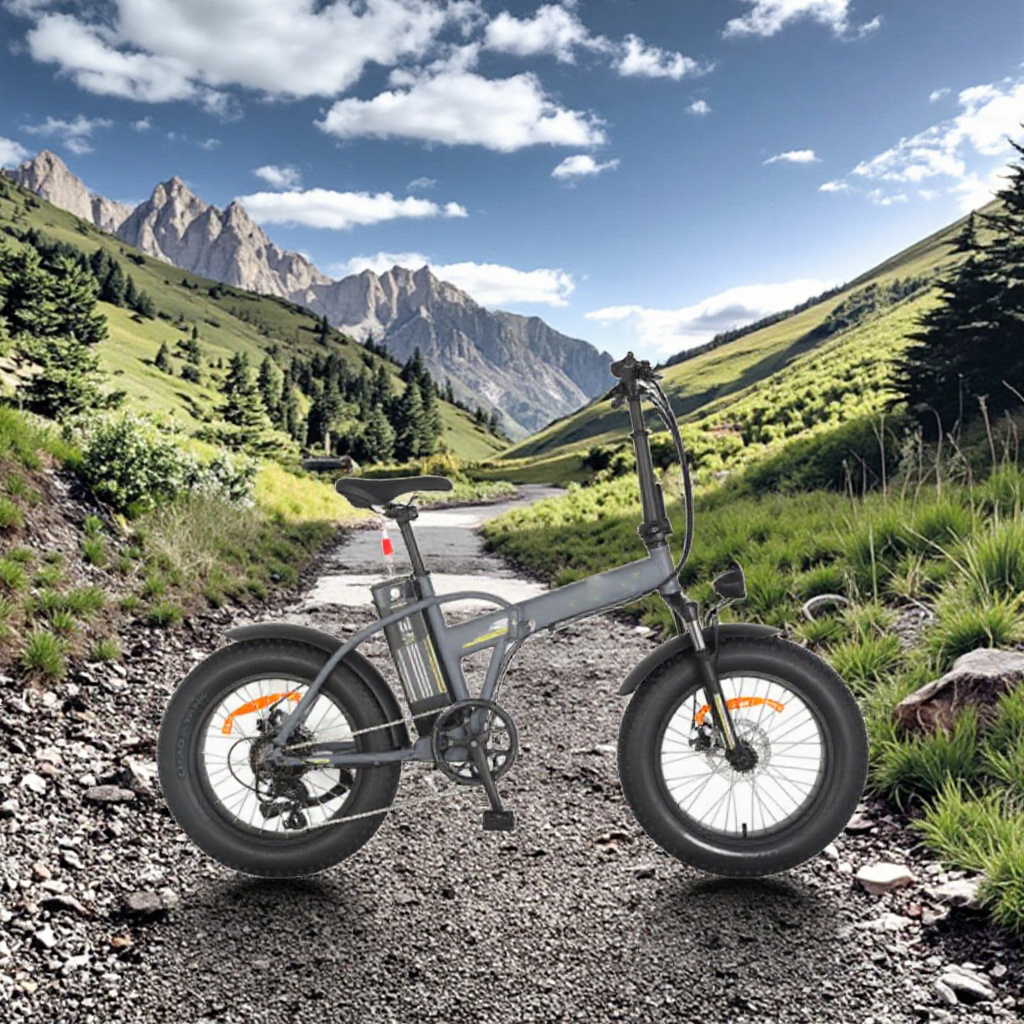
Buying pattern: wholesale, OEM/ODM, batch orders (no drama on lead time)
You sell Electric Bike, Electric Kick Scooter, Electric Motorcycle, Foldable Electric Scooter, Sharing Scooter. That’s good leverage. For mountain e-bikes, stick to simple SKUs first:
- Trail (all-rounder): mid-drive, 140–150mm fork, 2.4” tires. Base it on C02 chassis with torque sensor, brake upgrade, and sealed loom.
- XC/Light trail: lighter pack, faster PAS ramp, narrower bar. Could spin from B01 DNA with sturdier wheels.
- Crossover commuter-trail: start from M04/LN26M03 and add trail kit; hit price-sensitive fleets and dealers who want one bike to do many jobs.
Keep BOM stable for at least one season; change only what fixes a real pain. Don’t chase every new shiny bit, you’ll lose the thread.
Objections you’ll hear (and how to answer)
- “Hub motor is cheaper, let’s just do that.”
Sure for city. But on climbs, hub overheats and surges. Mid-drive with torque sensor keeps cadence happy and battery happier. Cheaper isn’t cheaper if returns spike. - “Let’s max battery capacity, riders love big numbers.”
Not if the pack rattles or the BMS false-cuts. Better BMS + secure mounts beat raw Wh on the trail. Big is nice—but smart is nicer. - “Waterproof? We won’t ride in rain.”
Trails have streams, and people wash bikes. Seal it now or ship spare controllers later.
Call it: why EZBKE fits a Mountain e-Bike OEM program
You’ve got breadth (bikes, scooters, motos), ISO-style production habits, and wholesale muscle. Plug in a mid-drive mountain branch with the same process rigor: DFM → pilot → SOP, tight QC, spare kits, and clear manuals. For the first wave, badge a limited Urban M Trail Edition to test channels, then expand. It’s not fancy words; it’s build, ride, fix, scale.
Short and simple: pick the right factory gates, keep the sensor + sealing game strong, and make after-sales easy. That’s how a mountain e-bike line doesn’t just launch—it lasts.




